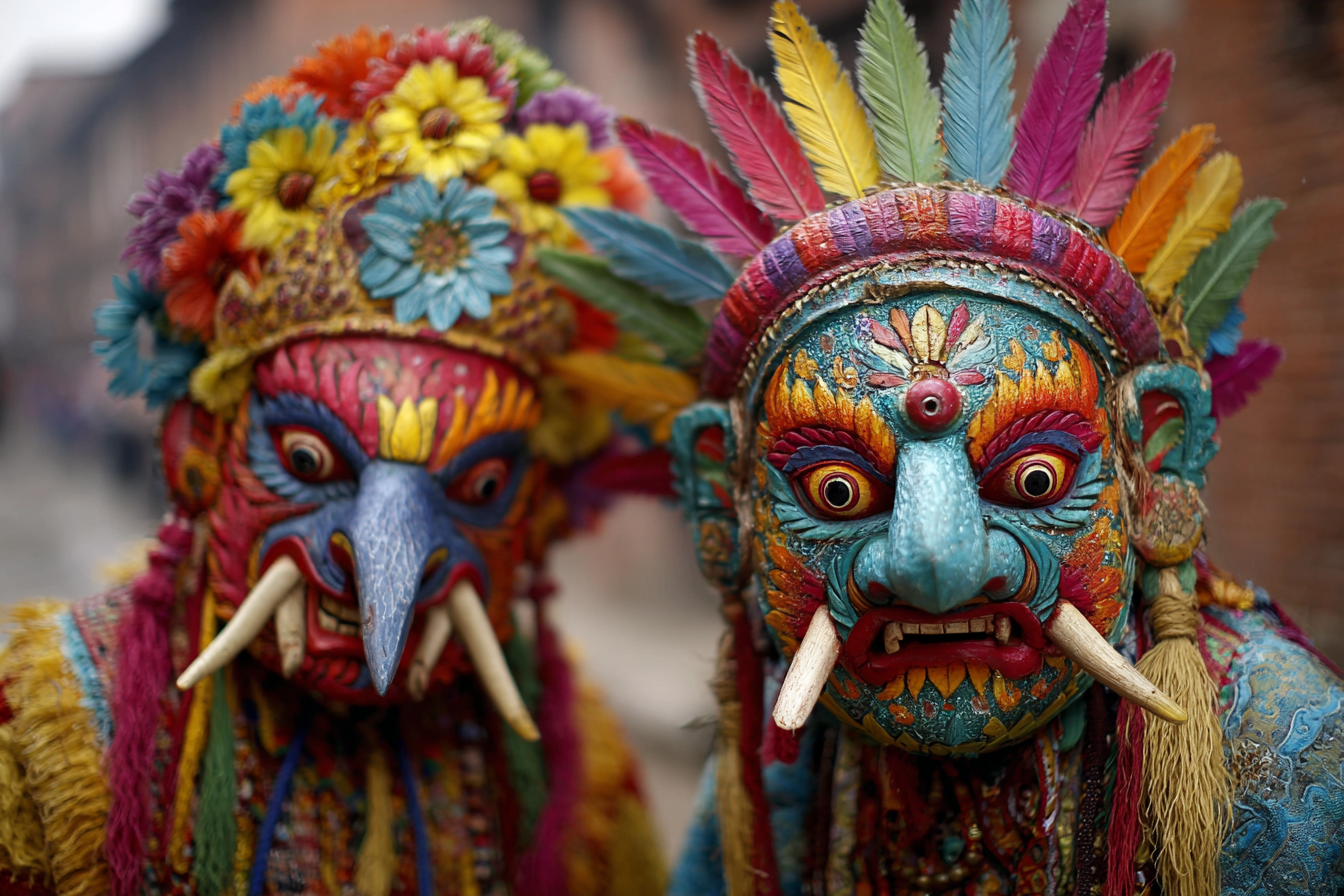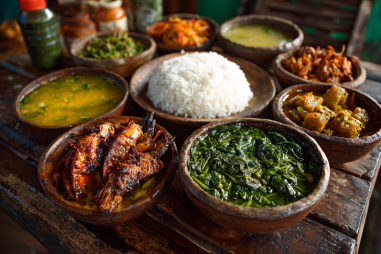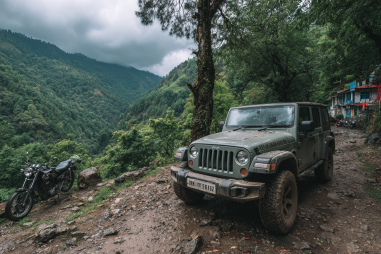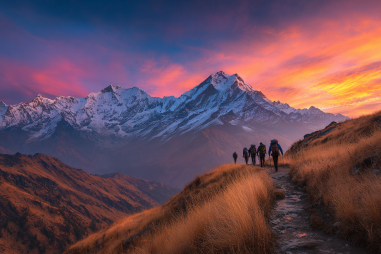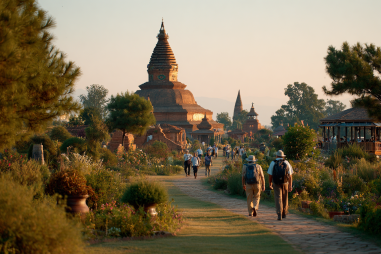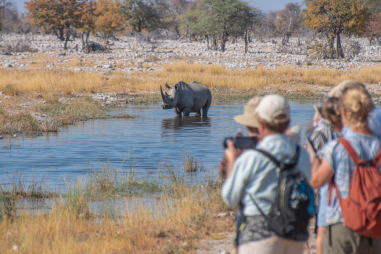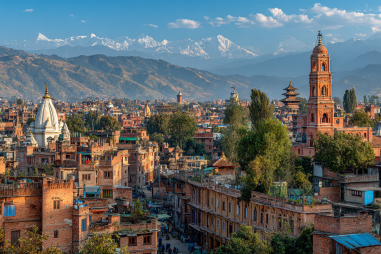Bhaktapur, a jewel nestled in the Kathmandu Valley of Nepal, is renowned not only for its rich history and stunning architecture but also for its vibrant traditional festivals. These festivals offer a glimpse into the city’s deep-rooted cultural heritage and communal spirit. Strolling through Bhaktapur during any of its major festivities, you can expect an enchanting blend of colorful rituals, joyous celebrations, and ancient customs that have been preserved through generations. This guide will take you through the major traditional festivals of Bhaktapur, explaining their significance, rituals, and how they reflect the unique Newari culture.
Overview of Bhaktapur Festivals
Bhaktapur is known as a city of festivals, hosting a plethora of celebrations throughout the year that mark religious, seasonal, and historical events. These festivals are primarily rooted in Newari culture, the indigenous culture of the Kathmandu Valley, and are characterized by elaborate ceremonies, vibrant processions, and intricate performances.
The festivals in Bhaktapur are community-focused events that showcase the unity and collective spirit of its people. They are occasions where ancient myths and legends come alive, and age-old traditions are passed down from elders to younger generations. Whether it’s a religious ritual honoring Hindu gods and goddesses or a cultural festivity expressing gratitude to the natural world, Bhaktapur’s festivals radiate an authentic sense of identity and continuity.
Key Traditional Festivals and Their Significance
Among the many festivals celebrated in Bhaktapur, some stand out for their historical importance and deep cultural meaning. Here are a few of the most notable festivals:
- Bisket Jatra: Celebrated in mid-April, Bisket Jatra marks the Nepali New Year. It is one of Bhaktapur’s most spectacular festivals, featuring chariot processions, traditional dances, and rituals that signify the triumph of good over evil. The festival centers around pulling huge wooden chariots carrying idols of gods and goddesses through the main squares, accompanied by lively music and cheering crowds.
- Gai Jatra: Known as the “Festival of Cows,” Gai Jatra is observed to honor those who have passed away in the previous year. Colorfully dressed participants, often in humorous and satirical costumes, parade through the streets with cows or cow effigies, symbolizing the belief that cows help souls reach heaven.
- Bara-Mahadev Festival: This festival celebrates Shiva, one of the principal deities in Hinduism, and combines solemn rituals with communal feasts. It usually involves fasting and nighttime prayers, highlighting the spiritual devotion integral to Newari religion.
- Jatra of Taleju Bhawani: This festival revolves around the goddess Taleju, the royal deity of Bhaktapur. Solemn ceremonies and masked dances called “Lakhe” are performed to invoke the goddess’s blessings and protection for the community.
Rituals and Ceremonies Explained
Bhaktapur’s festivals are rich in rituals and ceremonies that blend Hindu and Buddhist traditions, showcasing the syncretic nature of Newari spirituality. Many of these ceremonies take place in temple courtyards, palace squares, and sacred ponds, linking the community with its religious roots and natural surroundings.
For instance, during Bisket Jatra, the pulling of chariots involves intricate coordination among various neighborhood groups, symbolizing cooperation and shared heritage. The erection of a lengthy wooden pole known as the “Yosin” is another central ritual, believed to bring good fortune and ensure a bountiful harvest.
Meanwhile, during Gai Jatra, the parade participants carry puppets and masks to mock social and political issues humorously, blending grief with laughter as a way to cope with loss. This mixture of solemnity and humor reflects the resilient spirit of the people of Bhaktapur.
Other ceremonies include sacred offerings, fire rituals, and masked dances, which serve both as spiritual practices and as vibrant expressions of cultural identity.
How Festivals Reflect Newari Culture
The festivals of Bhaktapur are more than just celebrations—they are living embodiments of Newari culture, language, art, and social values. The Newars are known for their craftsmanship, and this is evident in the handmade masks, costumes, and decorations used during festivals.
The emphasis on community participation underscores the social fabric that ties the city together. Many festival roles are hereditary, passed down through families, preserving traditional skills and practices. The use of the Newari language during ceremonies further strengthens cultural pride and continuity.
Moreover, the integration of Hindu and Buddhist elements within the festivals illustrates the Newars’ inclusive religious identity, which promotes harmony among different beliefs. The festivals also foster a connection with nature, as many rituals seek blessings for agricultural prosperity and environmental balance.
When to Visit for Festival Experiences
To fully experience Bhaktapur’s traditional festivals, planning your visit around the festival calendar is essential. Here are some ideal times to visit:
- Mid-April: During Bisket Jatra, when the city is bustling with activity and color.
- August/September: Around the time of Gai Jatra, providing a unique look at how the community honors its ancestors with creativity and compassion.
- October/November: When various other Jatras (processions) and masked dances occur, coinciding with the broader Nepali festival season.
Visiting during these times allows travelers to witness the city in full festive swing – from the dynamic street processions to intimate ritual gatherings.
Tips for Respectful Participation
While Bhaktapur’s festivals are open and welcoming, visitors should approach these sacred traditions with respect and sensitivity. Here are a few tips to keep in mind:
- Observe before participating: Take time to understand the significance of rituals and ask local guides about what is appropriate behavior.
- Photography etiquette: Always ask permission before photographing people or ceremonies, especially when monks, priests, or devotees are involved.
- Dress modestly: Wearing respectful attire shows reverence and helps you blend in with festival participants.
- Follow crowd instructions: Festivals can get crowded, and following directions from organizers ensures safety and smooth proceedings.
- Support local artisans and vendors: Purchasing crafts and food supports the community and enhances your cultural experience.
By respecting local customs and participating thoughtfully, visitors can have a richer, more meaningful experience during Bhaktapur’s traditional festivals.
Embracing the Spirit of Bhaktapur’s Festivals
Bhaktapur’s traditional festivals offer an extraordinary window into the soul of this historic city. They are times when the past and present merge, where community bonds are strengthened, and where cultural heritage is joyfully celebrated. Whether you are drawn by the spectacular processions, the evocative rituals, or the warmth of the Newari people, attending a festival here will leave you with lasting memories and a deeper appreciation for Nepal’s vibrant traditions.
In Bhaktapur, festivals are not only events on a calendar but living stories of a community’s identity, resilience, and creative spirit. So, plan your visit to coincide with these celebrations and immerse yourself in the colorful tapestry of Bhaktapur’s time-honored festivals.

